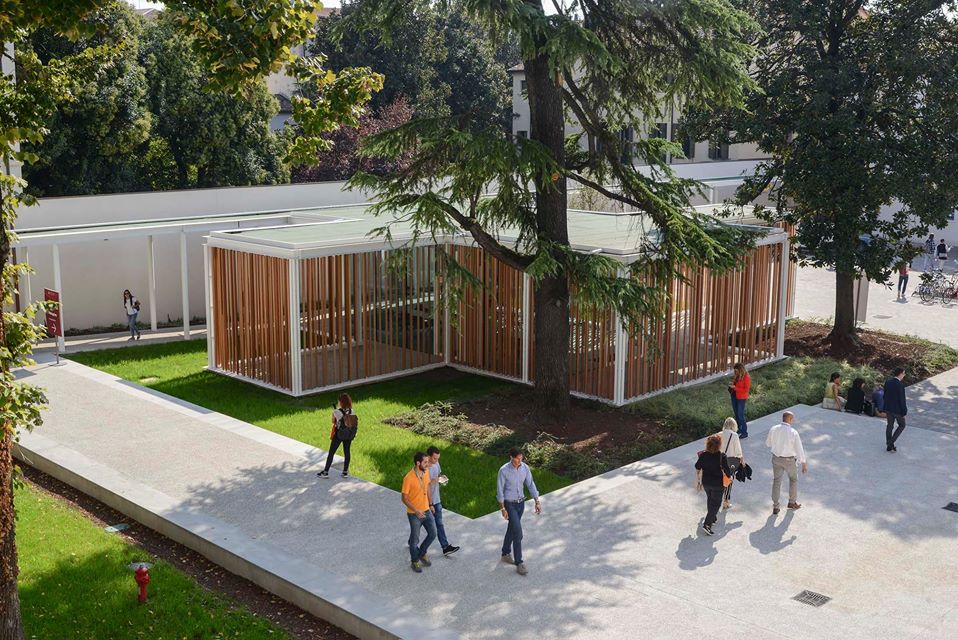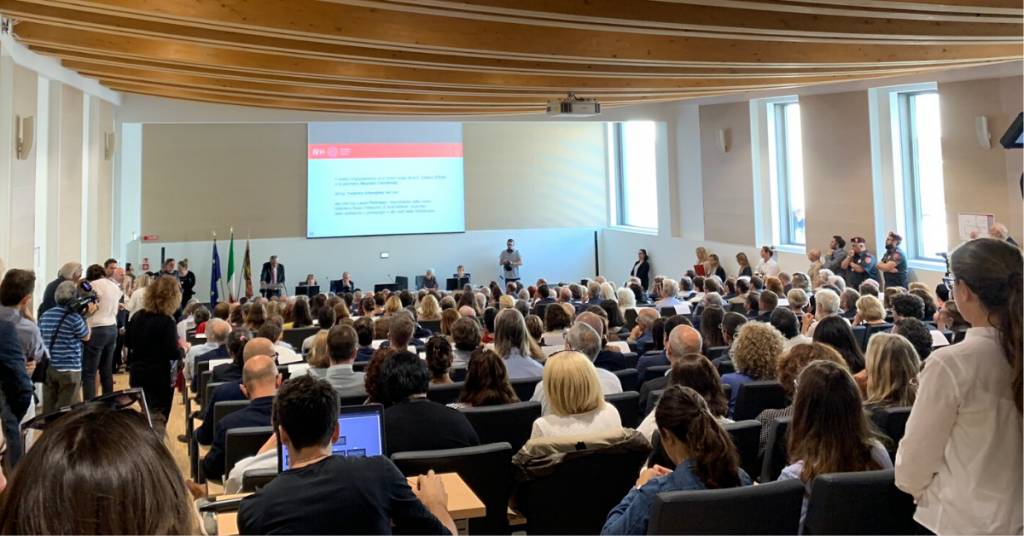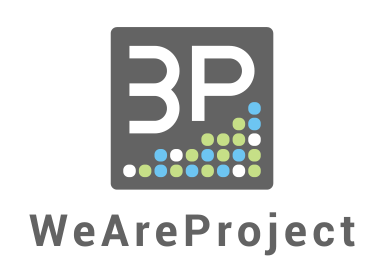Case Study
University of Padua: teaching within the reach of students
University of padua inaugurates the new humanities center introducing technologies linked to didactic learning, presented through an extraordinary project for architectural renewal
The University of Padua is transforming the former Padua Geriatric Hospital into the hub of the university’s new Humanities Center: the project for renewal of the building combines ancient and modern, and in addition to hosting areas dedicated to didactics, houses a library with hundreds of thousands of books and areas to facilitate group study for projects.

3P Technologies joined the project by winning the tender held by the university, proposing a range of latest generation didactic solutions designed to favor participation and increase active and collaborative learning.
The most advanced technological offer in terms of teaching and training
The new campus anticipates the construction of 12 Teaching Halls and two Conference Halls, equipped with modern teaching and training technologies. Each hall has a sound system designed to guarantee excellent understanding of speakers, the latest generation projection systems, and systems for recording the lessons with the possibility of streaming and subsequent publication of content online.
Each hall is managed by a centralized control system, implemented with MAYA, the supervision and control system developed by 3P. The User Experience is guaranteed by a personalized user interface in order to allow the teacher to interact simply and intuitively with all of the technologies in the room, without the need for technical assistance.
MAYA also manages the supervision of the systems and equipment installed, from the standpoint of preventive diagnostics.
Interconnected environments for a single large teaching campus
The true heart of the project is represented by the interconnection system of the halls on an IP network, forming a room combining solution among all of the rooms. The entire campus can become a virtual, single hall, where the audio and video signals are transmitted with the maximum quality and a practically non-existent latency (delay).
This solution allows for optimizing investments in terms of space, de facto being able to guarantee the presence of lessons or important events in multiple rooms simultaneously, without the need to be physically present in the same room.

Completing the project, a Digital Signage system was created for the common areas, dedicated to messages for students. The entire platform is managed via web, accessible remotely, and personalizable by the user in relation to the type of content to be transmitted.
This project has transformed the university’s Humanities Center into a place where the technological solutions developed for teaching are able to provide support to teachers and be easily usable by students, making their academic experience more agile.
